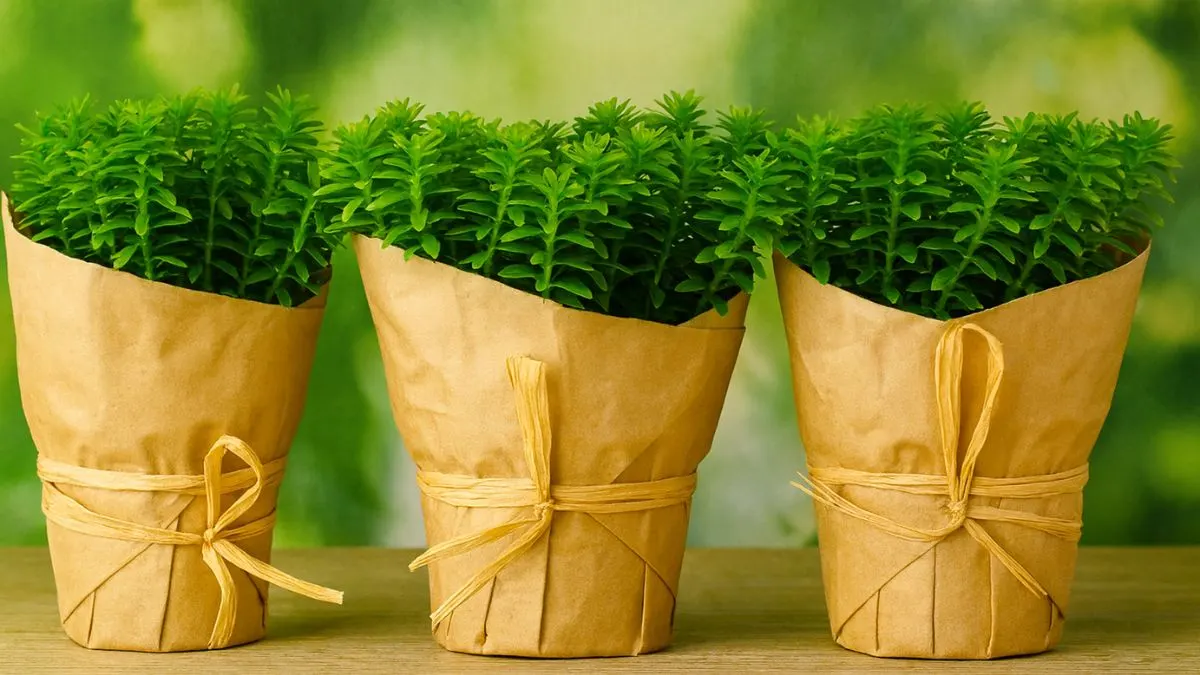Choosing the right plants for your garden is the foundation of successful gardening. Many beginners get carried away by how plants look at the nursery, but appearances can be misleading. A shiny flower might look attractive now but may not adapt to your garden’s sunlight, soil type, and climate.
When I started gardening, I made the mistake of buying plants that had already bloomed. They looked gorgeous for a week, and then suddenly withered. Over time, I learned that picking annual plants that haven’t bloomed yet gives them a better chance to settle in and thrive. This blog will guide you on exactly how to make smarter choices.
Understand Your Climate First 🌍

Before buying plants, you need to have clarity around the climate of your area. Every plant has unique requirements, and choosing without this knowledge often leads to disappointment.
- Sunlight exposure, soil type, and climate determine whether your plants will thrive or struggle.
- For example, tropical plants like hibiscus won’t survive harsh Canadian winters without greenhouse care.
- On the other hand, hardy perennials like lavender or hostas do well in cooler regions.
👉 Always match plants to your climate before bringing them home.
Examine Stems and Leaves Carefully 🌿
Healthy plants tell their story through their stems and leaves.
- Plants should have strong, healthy stems with no signs of diseases or mildew.
- Avoid plants with brown spots, yellowing leaves, or powdery growth, as these are signs of fungal infections.
- Also, look for plants with a full, bushy growth habit rather than tall, leggy stems. Bushy plants adapt better and grow stronger.
When I shop, I gently rub the leaves. If they feel limp or fall off easily, I skip them. A resilient leaf structure often indicates good health.
Also Read: 5 Amazing Uses of Beer in Gardening
Why You Should Pick Annual Plants That Haven’t Bloomed Yet 🌸
It’s tempting to buy annuals that are already in full bloom. They look gorgeous, but they often have less energy left to establish strong roots.
- Pick annual plants that haven’t bloomed yet because they will direct energy toward root and leaf growth first.
- Once settled in your garden, they’ll produce more flowers over a longer period.
Think of it as buying potential rather than instant gratification.
Compare the Plants at the Nursery 🪴
When in doubt, compare. Place two or three of the same species side by side.
- One may have sturdier stems, another fuller leaves.
- Compare the plants carefully and select the strongest specimen.
- A little extra time at the nursery ensures healthier growth later at home.
I once picked two marigold plants — one lush and compact, the other already blooming. Guess what? The compact one doubled in size and bloomed more vigorously later on.
Consider Sunlight, Soil Type, and Climate ☀️🌱❄️
This step is non-negotiable. A plant that thrives in sandy soil may struggle in clay, and shade-loving plants may burn in full sun.
- Sunlight exposure, soil type, and climate are key factors.
- Roses, for instance, need at least 6 hours of direct sunlight. Ferns, however, thrive in partial shade.
- If your soil is clay-heavy, improve drainage with compost or sand before planting.
A little prep now saves you a lot of disappointment later.
Also Read: 5 Brilliant Ideas for Repurposing Plant Pots in Your Garden
Practical Checklist for Buying Plants
What to Check |
Why It Matters |
Leaves – green, no yellow spots |
Indicates healthy photosynthesis |
Stems – strong, upright |
Prevents weak growth and diseases |
Roots (if visible) – white, not mushy |
Shows active growth |
Bloom status – not fully bloomed |
Allows energy for long-term growth |
Full growth habit – bushy, compact |
Adapts better to garden conditions |
My Personal Experience 🌸
When I first started my garden in Canada, I bought impatiens because they looked vibrant at the store. Unfortunately, I didn’t check for mildew. Within a week, the leaves wilted, and the plant died.
A year later, I changed my approach. I looked for plants with strong, healthy stems, compact growth, and no visible blooms yet. That time, my garden flourished for the entire season. It taught me that choosing wisely is more important than choosing quickly.
Conclusion
A thriving garden doesn’t start with luck — it starts with choosing healthy plants. Remember to:
- Pick annual plants that haven’t bloomed yet for stronger growth.
- Match plants to your sunlight exposure, soil type, and climate.
- Ensure plants have strong stems, no mildew, and a bushy growth habit.
- Always compare the plants before buying.
👉 With these simple steps, you’ll save money, reduce frustration, and enjoy a vibrant, healthy garden all season long.






